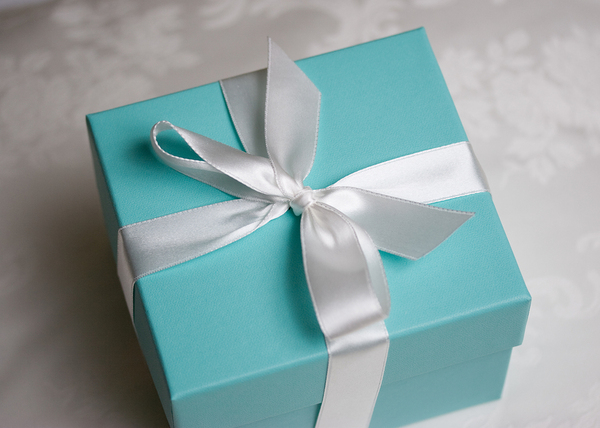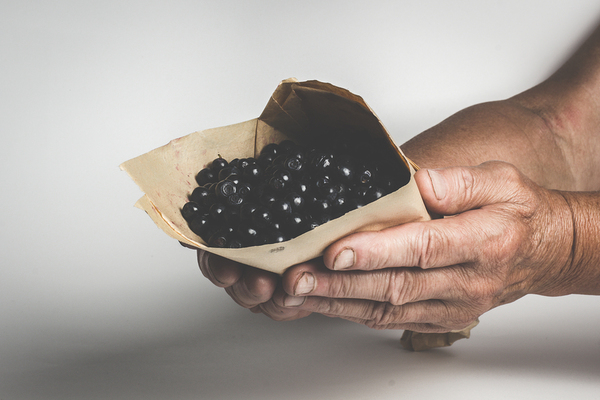People may say, “It’s what’s inside that counts” to explain away a clumsily wrapped present, but anyone involved in packaging design knows what a profound effect packaging has on a person’s entire attitude toward what’s inside. The same silver necklace comes across completely differently when presented in a plastic bag versus when it’s presented in a classic “Tiffany Blue” box with a white ribbon.

It may be what’s inside that counts, but packaging definitely has an effect on perception.
However, packaging design isn’t just about making things look nice. Packaging, of course, began out of necessity, for purposes of protecting and transporting objects. Today, technologically advanced packaging can be tapped with a smartphone to deliver rich media messaging instantly. Here’s how packaging design has evolved and continues to do so.
The Earliest Packaging
Packaging has been around as long as recorded history, and the earliest, most primitive packages were quite simple, such as large leaves wrapped around items and bound with vines. Gourds and animal skins were other examples of the earliest packaging design, and practicality was its overwhelming function. Nomadic peoples needed to be able to carry objects with them, including food and tools; what was available was what was adapted to the task.
Packaging Design Evolves with Development of Villages and Cities
As people domesticated plants and animals and gathered into settlements and villages, packaging grew in sophistication to include things like woven baskets, wooden crates, and pottery. With villages growing into cities, the exchange of goods necessitated more complex packaging. Blown glass was an example of packaging design that offered many benefits, and ship-making skills were applied to the creation of barrels for handling liquids and dry goods. At around this same time, the Chinese began making the first true paper, which of course revolutionized packaging design.
Urban Populations Require Individual Packaging
The industrial revolution and the migration of people away from agricultural lifestyles and toward urban lifestyles again changed the type of packaging people needed. No longer did people buy dry goods in large quantities; they needed individual packaging for convenience and to avoid waste. Paper largely reigned during this time, but with the 20th century came the development of plastics. Once polyethylene was created in the 1960s, it rapidly became a top choice for consumer packaged goods. As the 21st century approached, however, environmental concerns caused many consumers and brands to rethink packaging design in a more planet-friendly context.

The best packaging design considers context, user lifestyle, and sustainability.
What Can We Expect from Packaging in the Future?
Packaging design isn’t just about getting things from here to there and making them look nice, however. Packaging affects countless aspects of the products it contains, including its freshness, and the likelihood of it being damaged enough that it must be discarded. Food packaging design in particular is stepping up to address points all along the food value chain where food waste occurs, in an attempt to keep waste to a minimum.
Moreover, sustainability of packaging is a concern that will continue among consumers and brands. There is a trend toward using renewable resources in packaging, and what materials are most sustainable in a given product context are based on the entire product lifecycle as well as recycling options and environmental footprint.
Packaging continues to incorporate more technology, having in some cases the ability to provide information right on the packaging about food freshness, allow produce to remain fresh for longer, or deliver instant information to the manufacturers, so they can detect system malfunctions earlier and prevent wasted packaging. “Intelligent” packaging lets consumers access detailed, media-rich product information right from the store shelf.
Packaging design is in a state of continual evolution, accounting for considerations like product protection, consumer sentiment, sustainability, and desire for detailed product information. On top of that, packaging design can heavily influence consumer decisions, so aesthetics must also be constantly considered. Advances in paper and plastics, as well as “smart” technology is giving packaging designers many more variables with which to work to create more perfect partnerships between consumer goods and their packaging.
 |
 |







